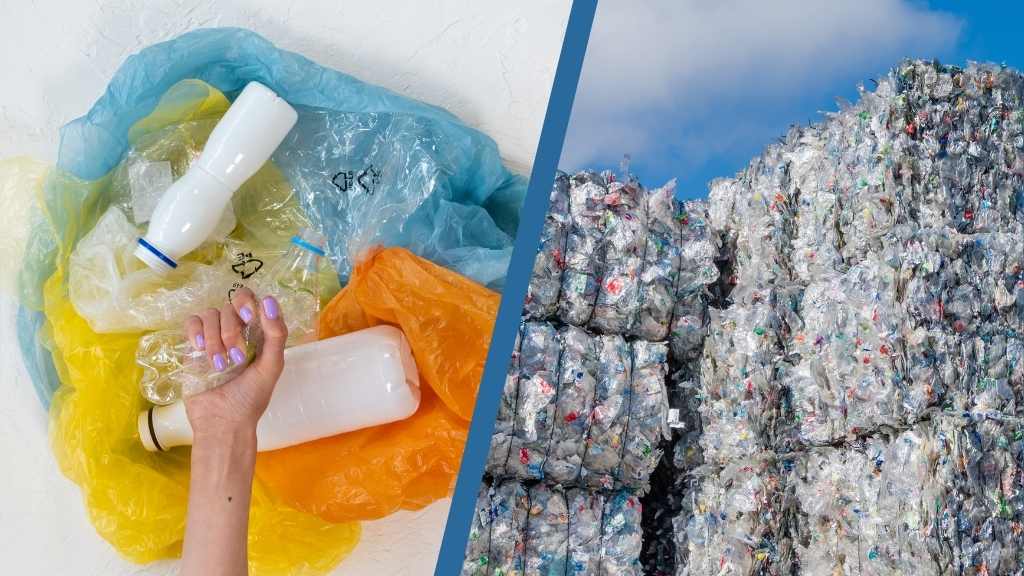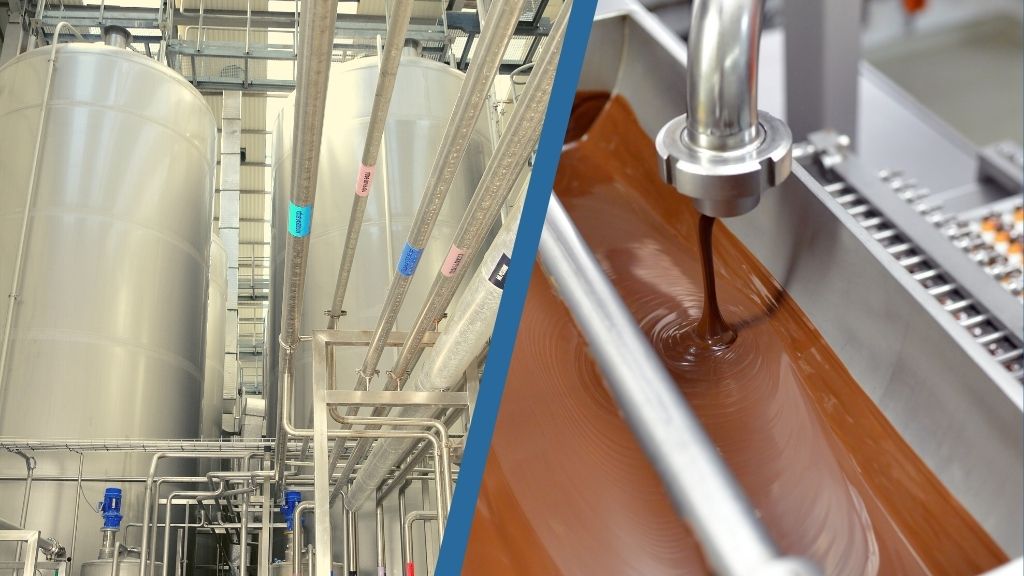How to Choose the Right Pneumatic Conveying System
How to Choose the Right Pneumatic Conveying System
Welcome to Indpro’s comprehensive guide on selecting the right pneumatic conveying system for your needs. Whether you are dealing with powders, granules, or bulk solids, finding the perfect system is crucial for efficient material handling. In this blog, we will explore various factors that should be considered to ensure an effective yet efficient conveying solution. So, let’s dive in!
1. Particle Shape, Size Distribution
When choosing a pneumatic conveying system, it is essential to consider the characteristics of the particles you are working with. The particle size and size distribution play a significant role in determining the system’s efficiency and reliability. Specify the acceptable range for particle size and distribution based on your application.
Properly understanding the particle size will help you select the appropriate equipment, such as the diameter of the conveying pipes and the blower capacity. For instance, fine powders may require certain pipe diameters and higher air velocities to achieve effective conveying. On the other hand, larger particles may flow with lower velocities yet avoid blockages.
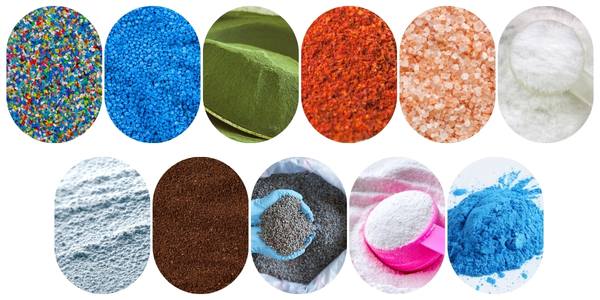
2. Moisture Content
Moisture content is another critical factor that can impact the flowability of your material and the components of the conveying system. Moisture can cause particles to agglomerate, which can lead to blockages and system failures. It is crucial to consider the potential impact of moisture on the material’s flow and the conveying system’s components.
If your material has high moisture content, you may need to install additional equipment to remove the moisture before entering the conveying system. This could include using a pre-drying or dehumidification system. By ensuring optimal moisture levels, you can prevent clogging and maintain the overall performance of the system.
3. Friability, Material Adhesiveness
The friability and adhesiveness of the material being conveyed can significantly affect system performance and maintenance. Friability refers to the tendency of particles to break or crumble during conveying, while adhesive materials tend to stick to surfaces, causing blockages.
If your material is fragile or prone to breakage, it is important to select a conveying system that minimizes the impact on particle integrity. Furthermore, adhesive materials may require special considerations such as using low-friction pipelines to prevent build-up with additional mechanism to remove build ups. Understanding the friability and adhesiveness of your material is crucial in ensuring a reliable and efficient conveying system.
4. Capacity of Conveying
To ensure your pneumatic conveying system meets production demands, it is crucial to define the required conveying capacity in terms of mass flow rate or volume. Consider factors such as the desired production rate, the frequency of material transfer, and any future expansion plans.
By accurately determining the necessary conveying capacity, you can select the appropriate pipe diameter, blower size, and speed to maintain efficient material flow. It is essential to avoid overloading the system, as this can lead to reduced performance and increased maintenance.
5. Capital Cost vs Running Cost Comparison
When evaluating different pneumatic conveying systems, it is important to consider both the initial capital cost and the long-term running costs. The long-term costs include maintenance, energy consumption, and potential downtime.
While it may be tempting to focus solely on the initial price, it is crucial to assess the overall cost of ownership. A system with a higher upfront cost may have lower running costs due to energy-efficient components and minimal maintenance requirements. Consider the projected lifespan of the system and analyze the costs over that period to determine the true value for money.
6. Conveying Pipes Material
The choice of material for the conveying pipes is essential for maintaining the integrity of your material and ensuring the longevity of the system. Different pipe materials, such as stainless steel, mild steel and PVC, have distinct advantages and suitability based on material characteristics and environmental factors.
Stainless steel pipes are known for their durability, corrosion resistance, and suitability for handling abrasive materials with certain treatment processes. On the other hand, PVC pipes are cost-effective and more suitable for handling materials with low abrasive properties. Carefully evaluate the properties of your material and the environmental conditions to select the most appropriate pipe material for your application.

7. Dust-Free Transportation in PCS
Controlling dust during pneumatic conveying is of paramount importance. Dust particles can have a negative impact on environmental regulations, worker health, and the quality of the conveyed material. Implementing robust dust control measures is essential for a successful conveying system.

There are various methods to achieve dust-free transportation, including proper sealing of the equipment, installation of dust collectors, and implementing filtration systems. By minimizing dust generation and effectively capturing any dust present, you can ensure compliance with regulations while automating your product transfer.
8. Cost of Installation
When planning to install a pneumatic conveying system, it is important to consider the cost breakdown. This typically includes labor, equipment, and any additional infrastructure modifications.
Labor costs cover the installation of the system, which involves assembling the components, connecting pipelines, and configuring control systems. Equipment costs refer to the purchase of the conveying system, blowers, filters, and other necessary components. Infrastructure modifications involve any changes to the facility or building to accommodate the new system, such as creating access points for pipelines.
By understanding the different cost components and considering long-term maintenance and operational costs, you can make an informed decision that aligns with your budget and requirements.
9. Mode of Conveying - Dense or Dilute
The choice between dense-phase and dilute-phase conveying depends on factors such as material properties, transfer distance and energy efficiency. Dense-phase conveying involves moving materials in dense, slower-moving masses that behave like plugs, while dilute-phase conveying uses higher air velocities to carry materials in a complete suspension.
Dense-phase conveying is ideal for fragile or abrasive materials that require gentle handling. It also offers an energy-efficient option for longer distances. Dilute-phase conveying, on the other hand, is suitable for a wide range of materials and shorter distances. It generally requires less upfront investment and is more commonly used.
Dense vs Dilute phase pneumatic conveying
By understanding the characteristics of your material and evaluating the requirements of your application, you can choose between dense-phase and dilute-phase conveying to achieve optimal efficiency and material integrity.
10. Positive or Negative Pressure Conveying
When it comes to pneumatic conveying, you have the option of using either vacuum or pressure systems. Both have their advantages and disadvantages, and their suitability depends on the specific materials being conveyed and the desired distances.
Vacuum conveying systems operate by creating negative pressure to draw materials into the conveying pipe. They are ideal for picking up materials from multiple sources and are often used for short to medium distances. Pressure conveying systems, on the other hand, use positive pressure to push materials through the pipe and are suitable for longer distances.
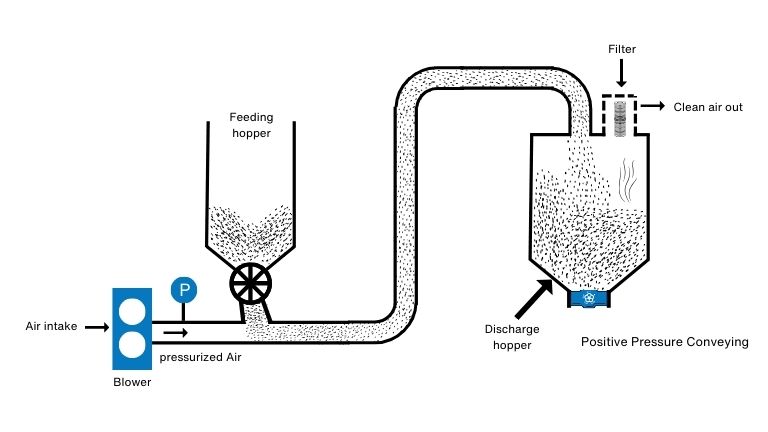
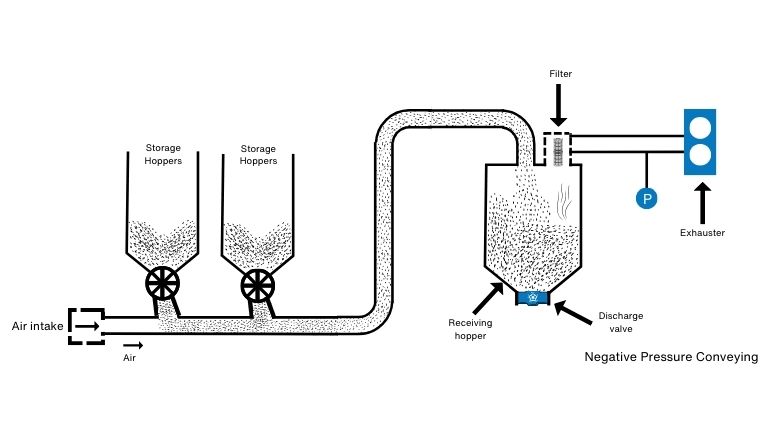
Consider factors such as material characteristics, required flow rates, and distance when determining whether a vacuum or pressure system is the right choice for your application.
11. How Piping Influences
The layout of the piping system, including bends and fittings, can significantly impact the efficiency and reliability of the pneumatic conveying system. The way pipes are arranged and the presence of bends or elbows can affect the flow characteristics and cause pressure drops or material buildup.
To ensure optimal system performance, it is crucial to minimize the number of bends and use smooth bends or long-radius elbows. Avoiding abrupt changes in pipe direction and keeping the layout as simple as possible will reduce the risk of blockages, pressure drops, and unnecessary maintenance.
12. Types of Blowers and Compressors Used
Blowers and compressors play big role in pneumatic conveying systems. They provide the necessary airflow to transport materials. There are various types available, each suited to specific conveying needs based on pressure, vacuum, and energy efficiency.
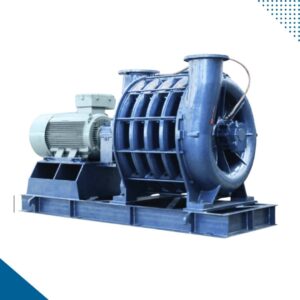
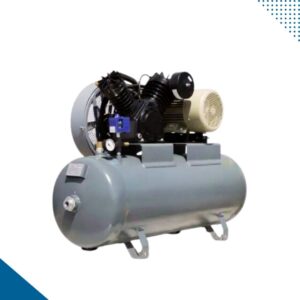
Centrifugal blowers offer high airflow at moderate pressures. Positive displacement blowers, like rotary lobe or screw blowers, are better for low-pressure applications. They provide consistent airflow but have lower energy efficiencies. The choice of blower depends on the material and conveying system requirements.
Compressors are used to generate compressed air for conveying materials. Types include reciprocating, rotary screw, centrifugal, and axial compressors. Compressed air offers advantages such as flexibility, efficiency, and cleanliness in material handling.
13. Value for Money and Choice of Partner
When evaluating different pneumatic conveying systems, it is essential to consider the value for money they provide. This goes beyond the initial costs and encompasses considerations such as long-term performance and reliability.
Look for a system that not only meets your current needs but also offers scalability for future expansions. Consider the track record, reputation, and customer reviews of the supplier to assess their reliability and customer support. Evaluating the overall value includes analyzing factors such as energy efficiency, maintenance requirements, and the lifespan of the system to make a well-informed decision.
14. Support from Pneumatic Conveying Manufacturer & After-Sales Service
Selecting a reliable pneumatic conveying system manufacturer who provides excellent after-sales service is crucial for the success of your operation. Technical assistance, training, and responsive customer service are essential to ensure the smooth functioning of the system and quick resolution of any issues that may arise.
When choosing a partner, consider their reputation, experience, and the level of support they offer. Look for partners who provide comprehensive training programs for your staff to ensure they can effectively operate and maintain the system. Prompt and reliable after-sales support can save both time and money in the long run.
Selecting the right pneumatic conveying system is a crucial decision that can significantly impact the efficiency, reliability, and cost-effectiveness of your material handling operations. By considering factors such as particle characteristics, moisture content, conveying capacity, energy efficiency, and post-sales support, you can make an informed choice that aligns with your requirements.
Remember, each application is unique, and no one-size-fits-all solution exists. It is essential to carefully evaluate your material properties, production needs, and future plans to select the most suitable pneumatic conveying system. Make use of the insights provided in this blog and consult with Indpro’s experienced professionals to create an efficient and reliable material handling process.




